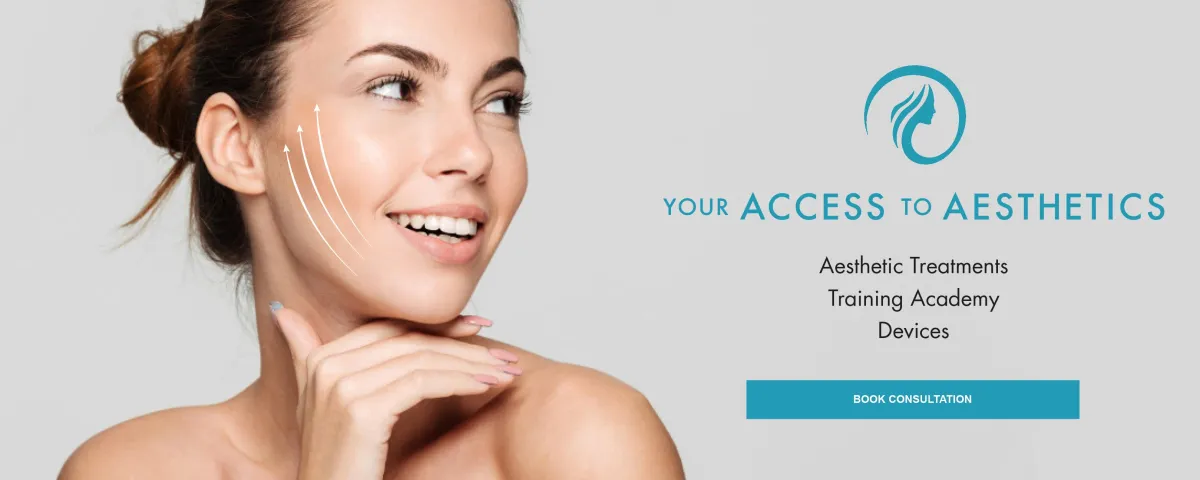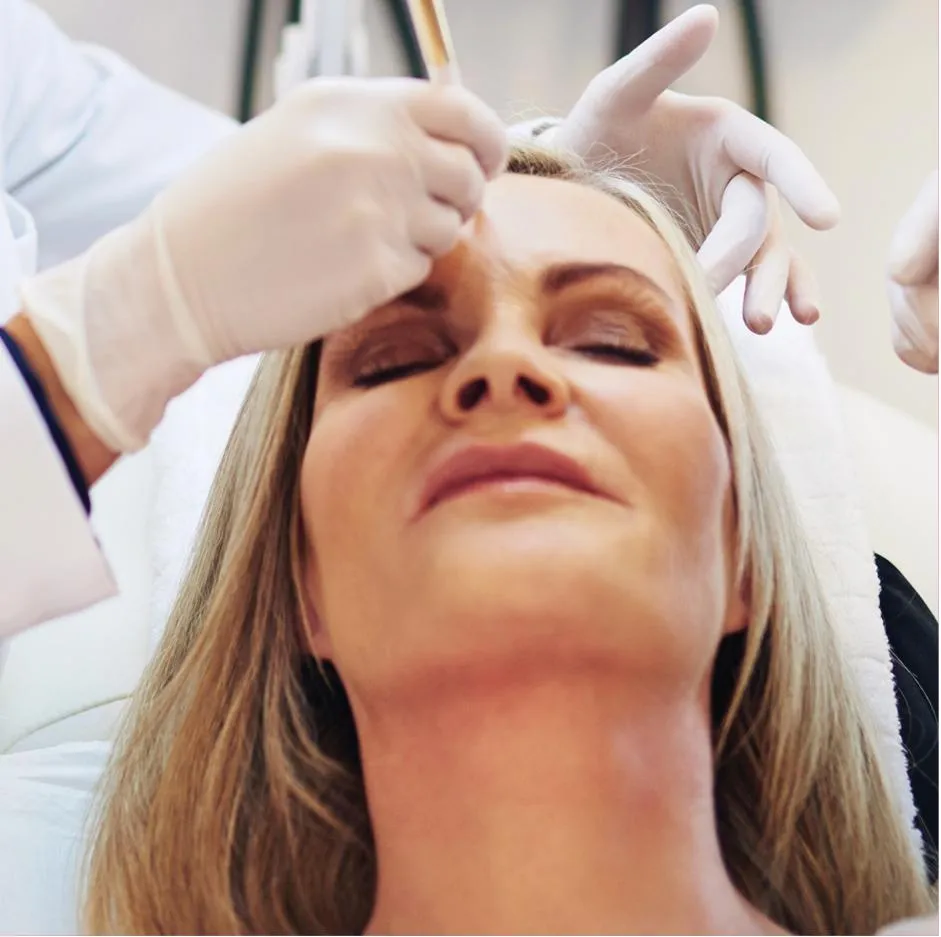

Liverpool’s No1 Laser Skin Clinic
Dermacosmedic's Top Aesthetic Treatments

FACE

EYES

LIPS
Medical Grade Laser Treatments




The Future of Aesthetics
Derma Cosmedic Aesthetics in Liverpool is a leading provider of advanced
aesthetic treatments and state-of-the-art equipment.
Our highly qualified team is led by experienced doctors, nurses, and aesthetic practitioners
with over 25 years of expertise in delivering cutting-edge
injectable procedures and the latest skin and body treatments for both Men and Women.
Advanced Skin Health Solutions
Laser Hair Removal
Laser Skin Rejuvenation
Laser Carbon Peels
Dermal Fillers
Health Blood Tests (MOT)
HIFU Non-Surgical Facelift
Radio Frequency
Micro Needling
Vitamin Injections
Treats The Following Skin Concerns
Acne & Acne Scarring
Fine Lines & Wrinkles
Sun Damage & Pigmentation
Thread Vein Removal



Register Your Interest






Location
Derma Cosmedic
6-8 Castle Street
Liverpool
L2 0NB
CALL 0151 203 7988
Opening Times
Monday 9am - 5pm
Tuesday 9am - 5pm
Wednesday 9am - 5pm
Thursday 9am - 5pm
Friday 9am - 5pm
Top Treatments
IPL CLEAR LIFT
IPL SKIN REJUVENATION
MEDICAL HIFU
HIFU JAWLINE LIFTING
HYDRAFACIAL
Top Treatments
TREATMENTS
CONDITIONS
COURSES
DEVICES
CONTACT


